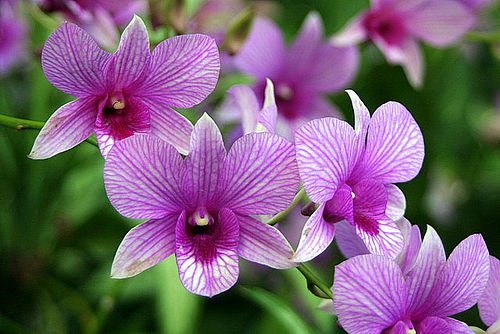One of the reasons why so many people struggle to exterminate flea infestations is because they only treat the area inside their home. If you have them inside your home, there’s a good chance these blood-sucking parasites are also outside. And with the warm summer months upon us, fleas will continue to spread outwards in search of new hosts. Failure to treat both the inside and outside of your home will allow these parasites to thrive and reproduce, with the problem becoming progressively worse.
Don’t Forget To Treat Your Yard For Fleas!
Treating the inside of a home is a relatively easy. You can read through some of our previous articles here at FleaBitesonHuman.com for more information, but the general idea is to keep your floors vacuumed, lower the temperature and humidity of your home, and apply a flea medicine product to your pets. This simple 3-step process will effectively neutralize even the toughest and most stubborn flea infestation.
While most people are familiar with the process of treating the inside of their home for fleas, they don’t know how to treat the outside. One of the easiest ways to discourage fleas from inhabiting your yard is to grow certain plants, such as lavender or fleabane daisy, that naturally ward off these blood-sucking parasites. Certain plants emit chemicals and fragrances that are either unpleasant and/or biologically disruptive. See the list below for some of the top flea-fighting plants.
Flea-Deterring Plants
- Rosemary bush
- Bay leaves
- Fleabane daisy
- Mint
- Sage
- Chamomile
- Catnip
- Lavender
- Lemongrass
Note: in addition to warding off fleas, these plants may also prove beneficial in keeping other pets out of your yard, and subsequently, out of your home.
Keep Your Yard Manicured
Fleas prefer outdoor areas with thick grass and lots of brush, as this offers a natural source of cover from predators. If you’re struggling with a flea infestation, try keeping your grass trimmed and removing any debris that pops us. Weeds, brush and plant overgrowth are havens for insects such as fleas. Maintaining a well-manicured lawn, however, will encourage these parasites to seek refuge elsewhere.
Some homeowners also use pesticides when treating their yard for fleas. This should only be done, however, if your pets are unable to access the area. Spraying your yard with pesticides could place your dog and/or cat at risk for toxicosis if they consume the contaminated grass.
Did we forget any other flea-fighting plants? Let us know in the comments section below!

